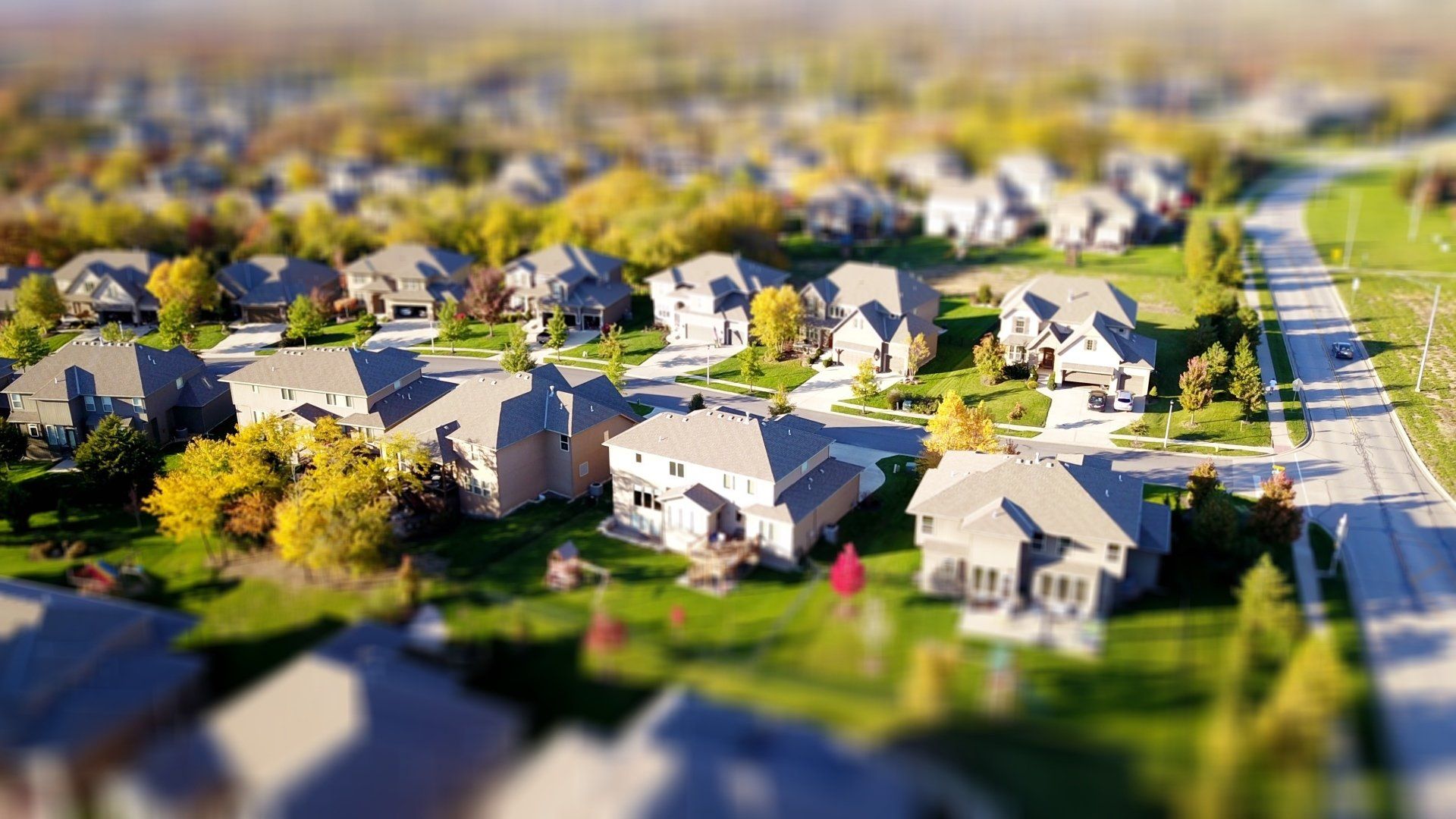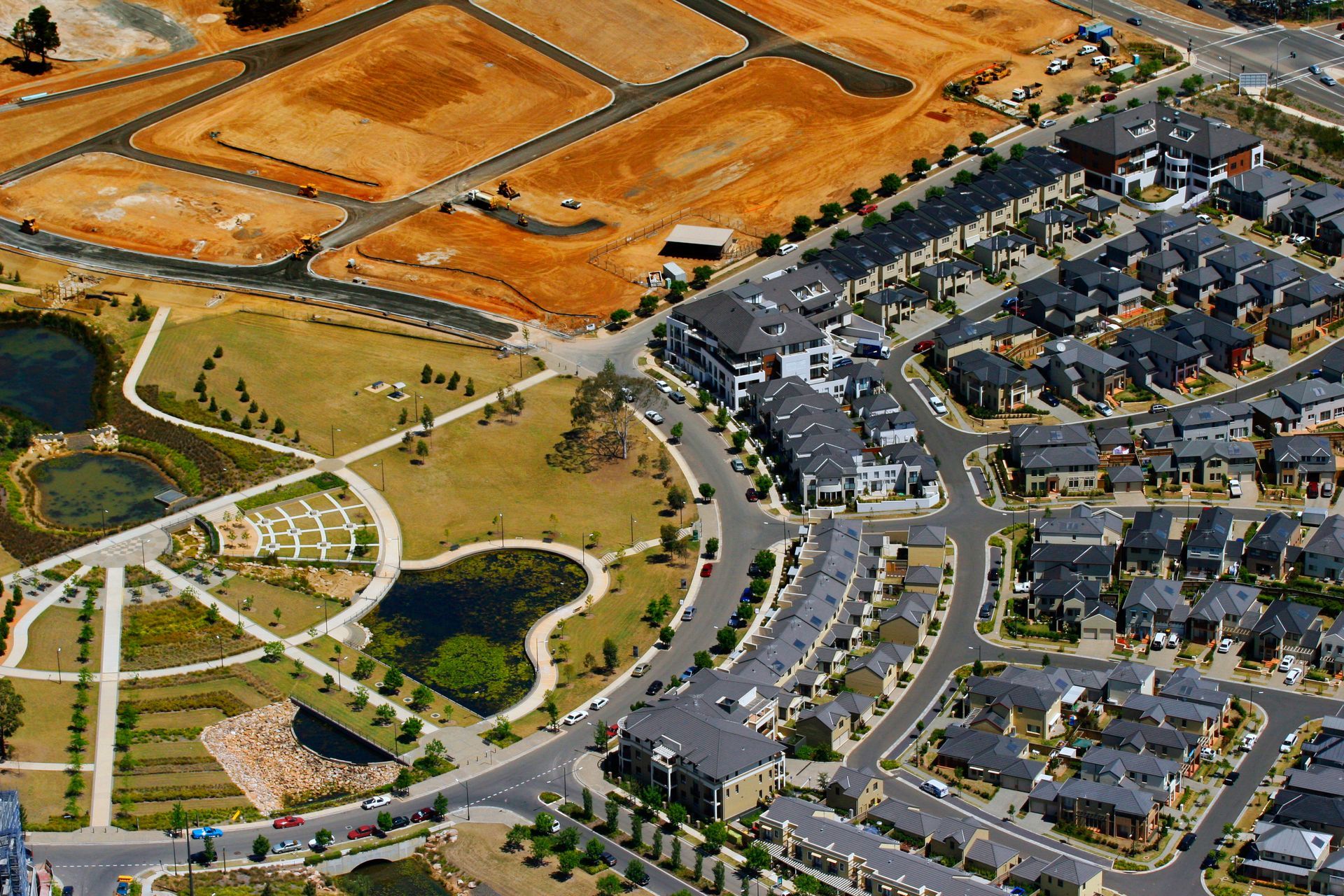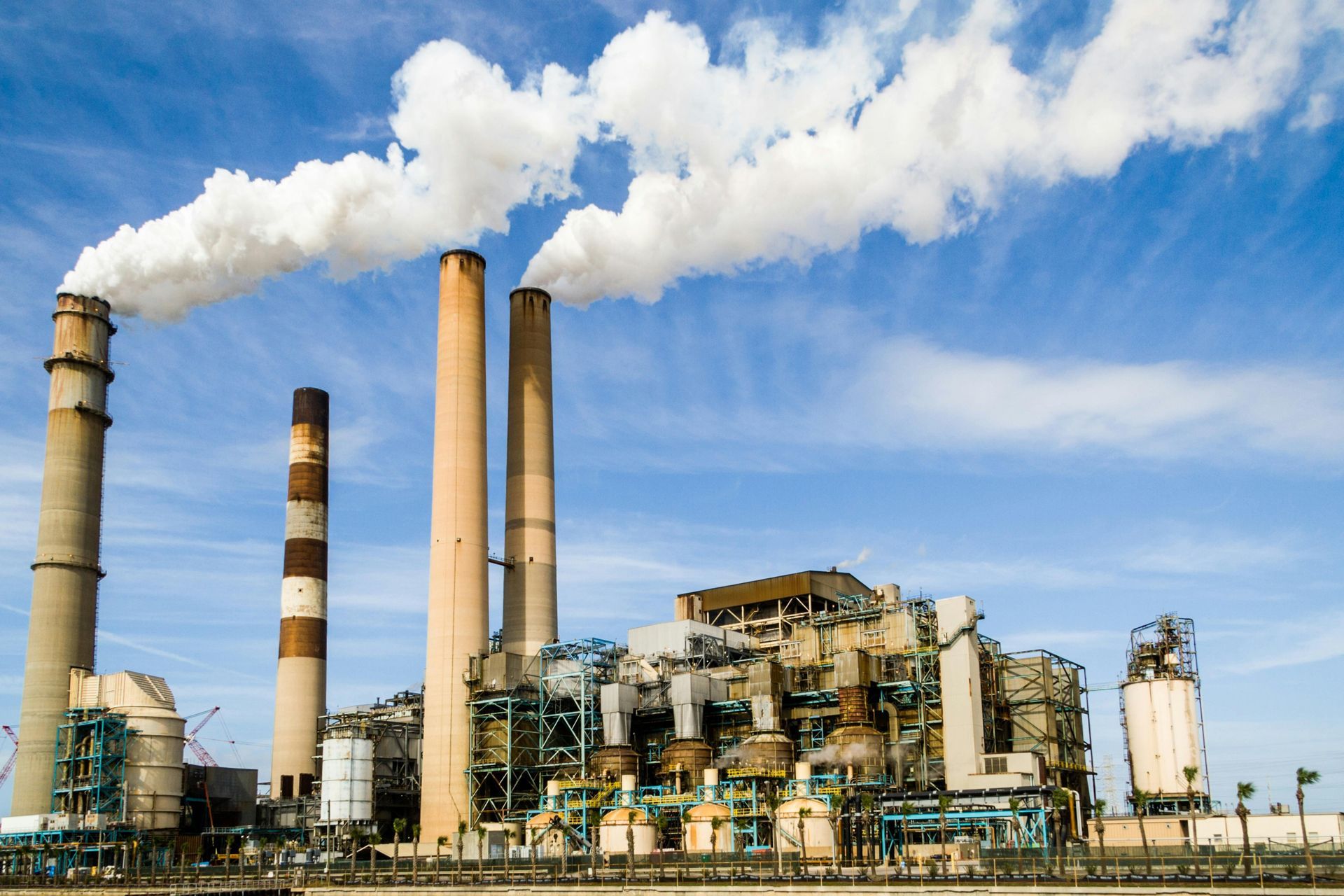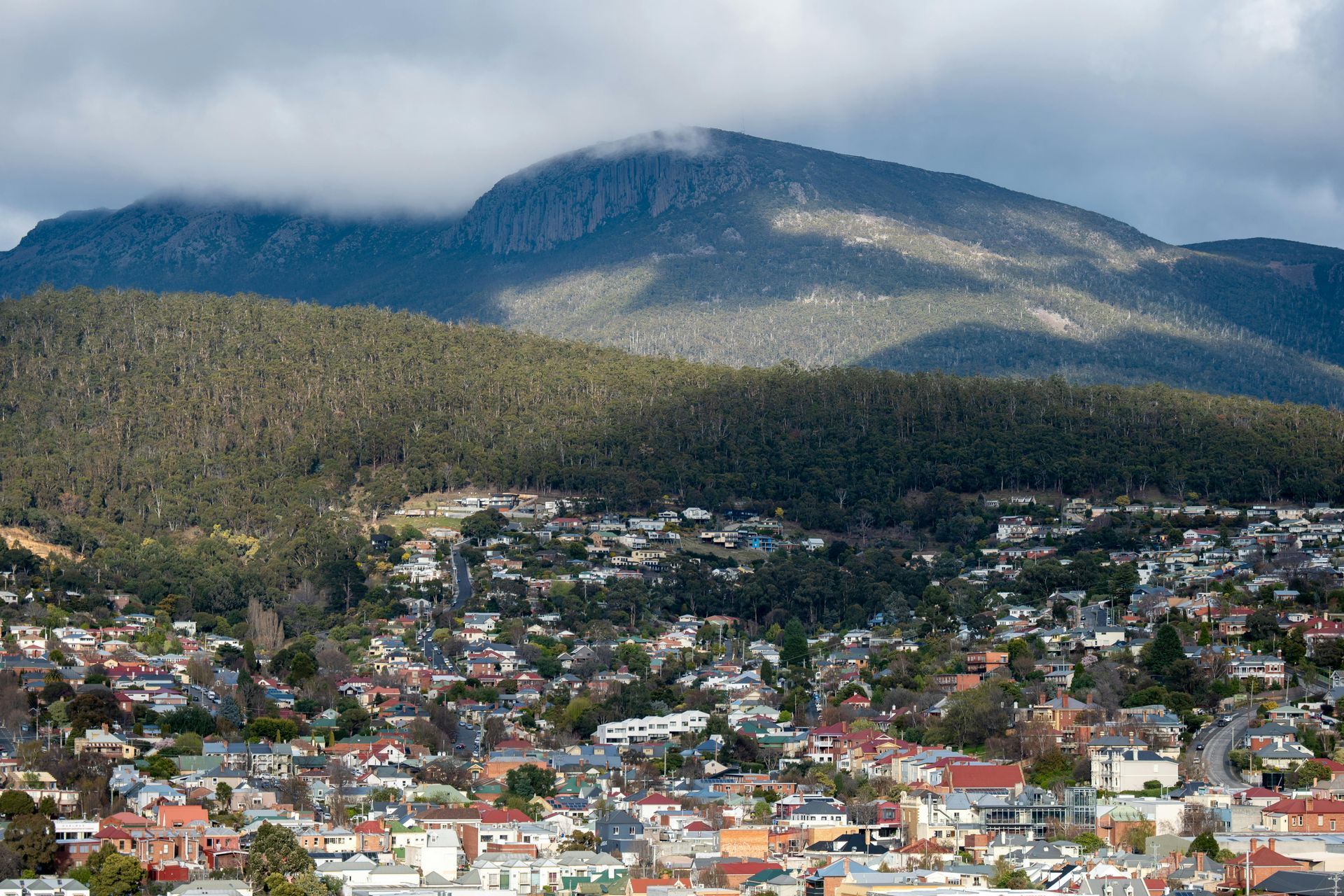
Housing supply boost for NSW
This week Deputy Premier John Barilaro spoke about the new approach they will have toward housing shortage in NSW.
Because of the current pandemic the need of more regional housing has spiked but available land for house construction has been used up.
“From Byron to Bega and Coffs Harbour to Dubbo, regional towns are booming, but in many parts of the state, planning has not kept pace with growing demand,” Mr Barilaro said.
“Regional housing markets are complex and unique, and there could be a whole range of factors driving housing constraints and we need to unpack those so we can deliver new housing opportunities for our regional communities.”

Rob Stokes, minister for Planning and Public Spaces, announced at an Urban Development Industry Association (UDIA) luncheon on June 17th that the Government’s focus was now on creating new ‘greenfield’ housing supply.
“It’s clear that as a result of the pandemic, demand for greenfield housing has increased even more than anticipated so we are responding with new housing in some of Sydney’s best growth areas, the south-west and the Macarthur,” Mr Stokes said.
“Housing supply is not just important in Sydney but across our regions, which are experiencing strong growth as we bounce back from drought and as more people are working flexibly and remotely.
“This is why I am setting up a regional housing taskforce to report back by September on how we can better use the planning system and other levers to boost supply.”

Sydney’s south-west housing :
Glenfield Precinct
- Approximately 7,000 dwellings
- Up to six new playing fields,
- 30ha of additional accessible open space
- Approx. 50ha of land retained for Hurlstone Agricultural High School’s agricultural needs
Lowes Creek Maryland
- Approximately 7,000 new dwellings;
- 60ha of open space, including 21 parks and public open spaces and six new playing fields;
- A combined primary and high school; and
Leppington 2 and 5
- Up to 2,400 new dwellings including:1,900 dwellings in Stage 2; and
- 500 dwellings in Stage 5.
- 8.32ha of local open space;
- 2.96ha identified for a school site;
- 23.18ha land zoned for other infrastructure purposes;
- A 7.6ha, $4m park
Wilton Town Centre Precinct
- 1600 dwellings;
- 17 hectares of employment land that could support approximately 4,700 jobs;
- 39 hectares of environmental conservation land.
Sydney has a major land supply constraint issue according to Research 4 director Colin Keane who said there was less than one month’s land supply, which was heavily impacting house prices.
Keane said the average lot price was $475,000, more than double the price of land in Perth, and the most expensive in the country by more than $150,000.
This could be a great opportunity for Property Investors to jump on a long term opportunity for these new block of land.
Thinking on getting into the property market? Want to have a chat?
Pina Brandi
share to



